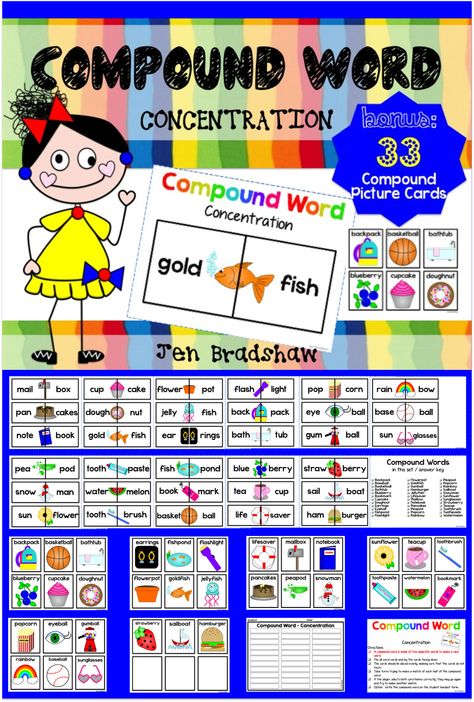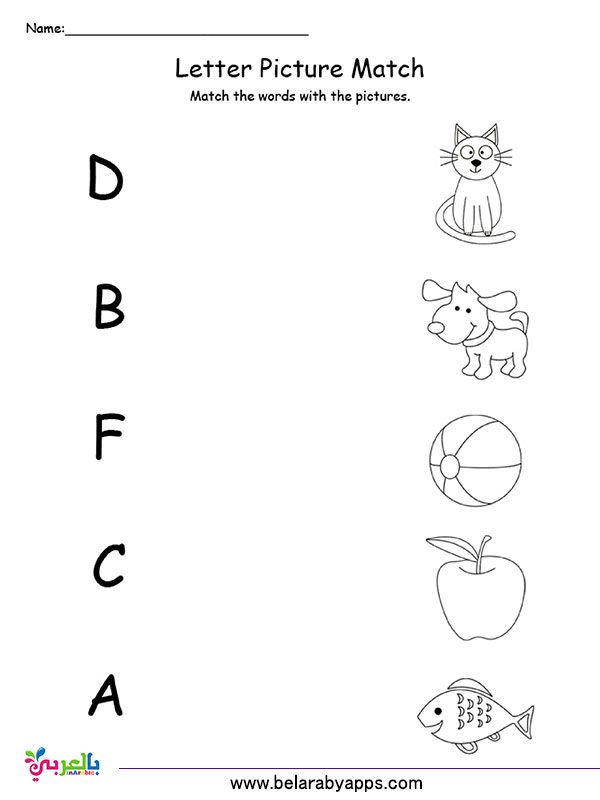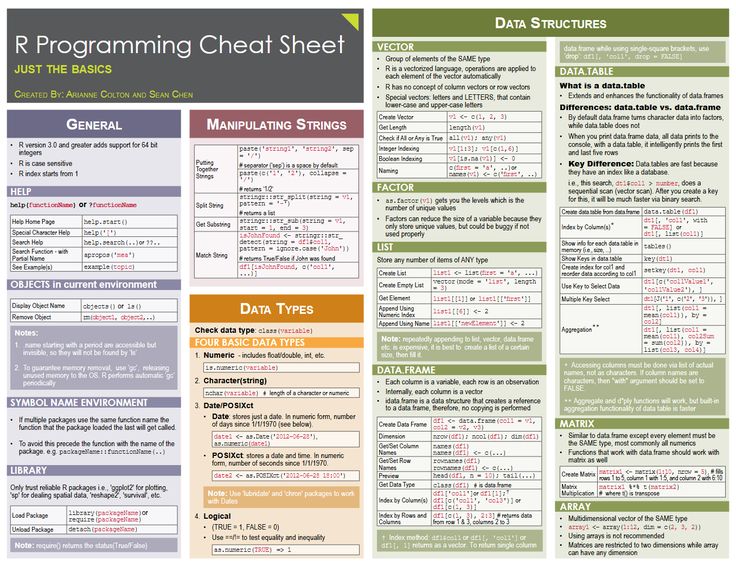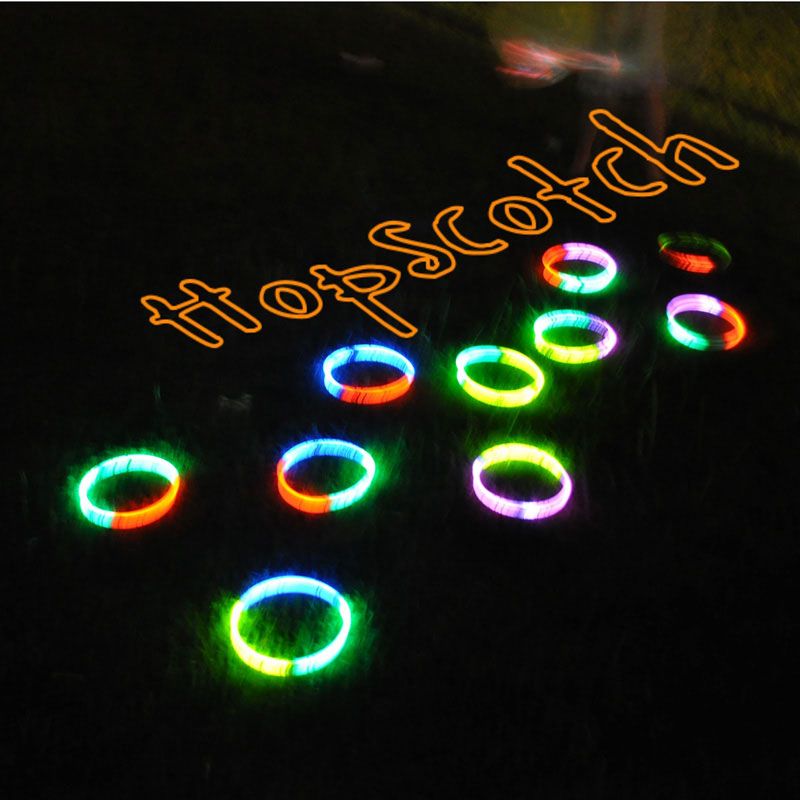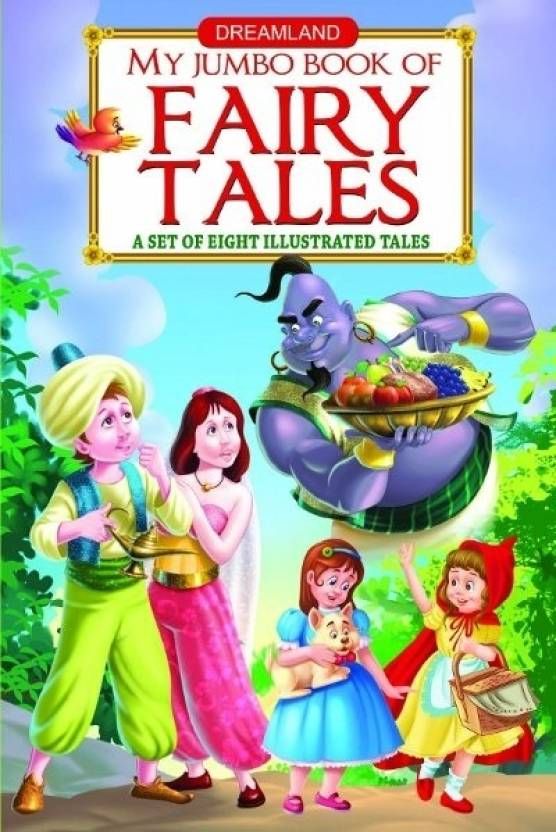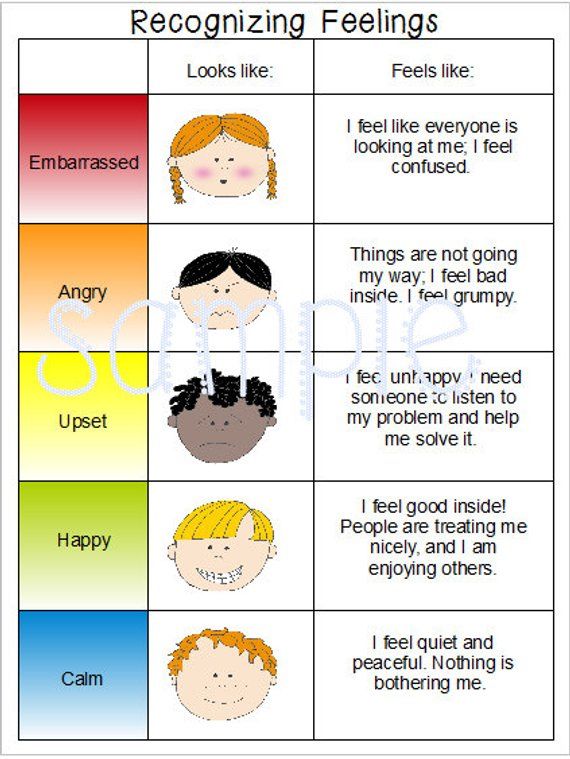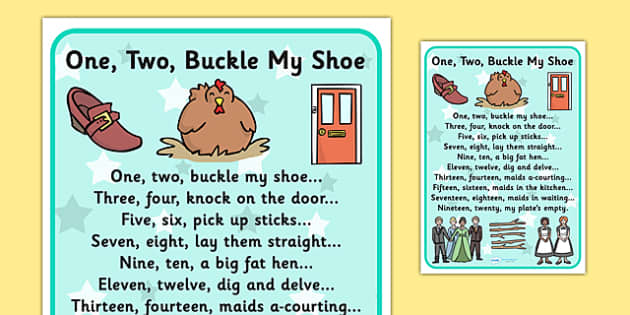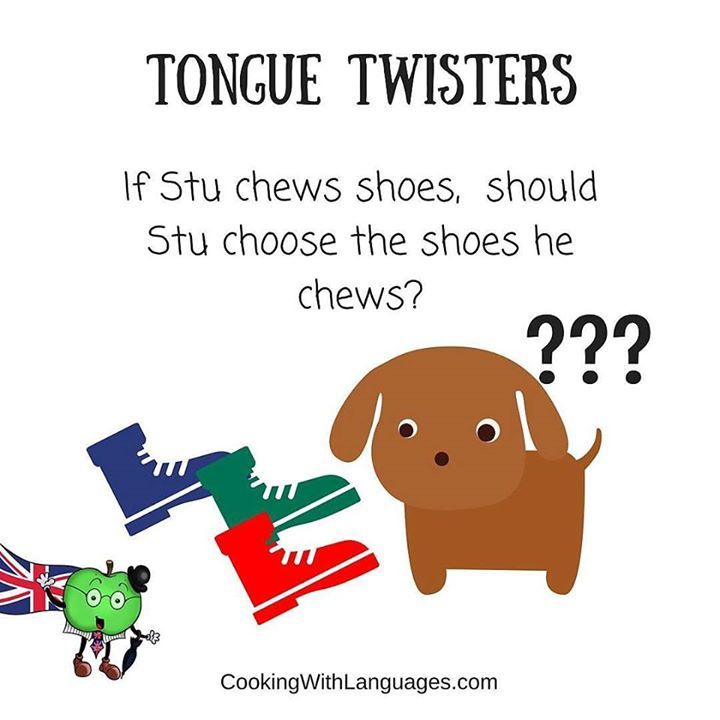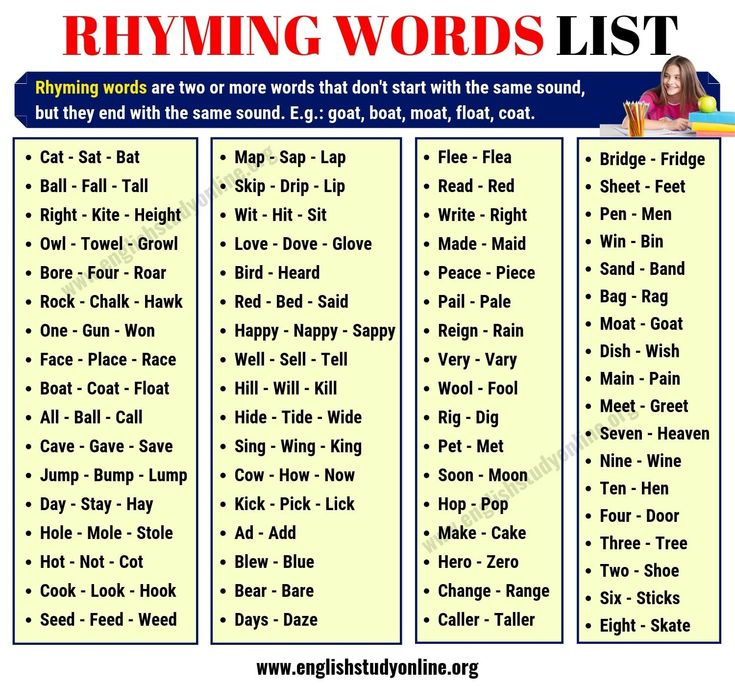Compound word with ball
Compound Words with a Bouncing Ball
This ‘Compound words with a bouncing ball is a simple but very effective phonics game. All you need is a ball, and some flashcards. Here we are using this game to teach compound words, but it can be adapted to teach lots of different phonics content.
Compound words are words that are made up of two different words. For example, ‘bed’ and ‘room’ are two separate words, with different meanings. But when you put them together – ‘bedroom’ – they take on a new meaning. Learning about compound words helps children to read longer two syllable words with greater ease.
Compound Words with a Bouncing Ball Activity
What you will need:
- Flashcards with the parts of compound words written on them (you can scroll to the bottom of this post for a list of words to use).
- A ball. One that bounces slightly is best, like a foam ball or a rubber ball.
How to play:
- Read through all of the flash cards first.
It is important that your child reads them first, because if they cannot yet read the word, then this activity is not for them. So, read the words and make sure that your child understands the meaning of the words.
- When you are ready to play this compound words with a bouncing ball activity, spread the cards out across the floor, with the words facing upwards.
- Call out a compound word, such as ‘uphill’.
- You child repeats the whole word, then bounces the ball on the first part of the word (saying that word) and back to themselves, and then on the second part (again, saying that word).
- Say the word one more time, clapping or jumping each time you say each word. This will reinforce the concept of the two syllables in the compound word.
- Repeat until you have done all the words.
- You might want to swap places then, and your child reads the list of words, while you bounce the ball. This will give them practice in reading the word as a whole.
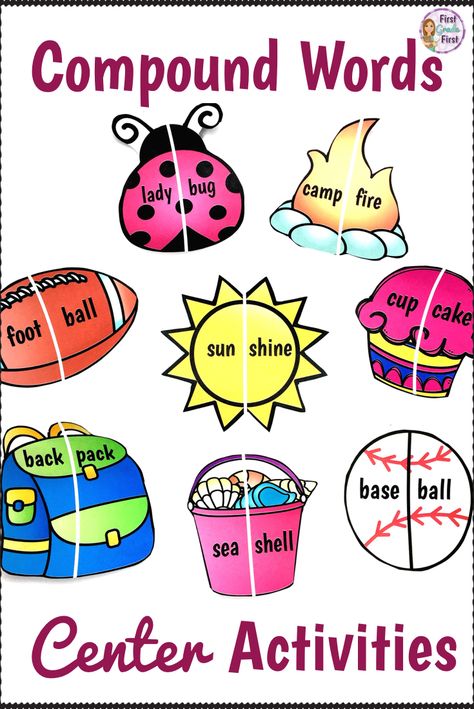
Sometimes, it can be difficult to know if an activity will be helpful for your child or student. For this activity, the questions below might help:
- Are they reading three and four letter, one syllable words confidently? For example, ‘hot’, ‘map’, ‘run’.
- Can they read blends at the beginning and at the end of words? For example ‘frog’, ‘fast’.
- Are they reading some digraphs? For example, do they know that ‘ch’ makes the sound at the beginning of ‘choose’.
- Do they understand the concept of syllables? They might not know the word ‘syllable’ but if they can clap out the syllables in their name, for example, then they probably understand that words can be broken down into ‘chunks’.
If the answer is ‘yes’ to these questions, then this compound words with a bouncing ball activity will be a great way to teach or reinforce compound words
To note
Not every game or activity goes to plan! Here are some things to watch out for:
- As with any game involving balls that bounce, things can get out of hand, especially if the child does not catch the ball after bouncing it! A few ground rules before you start can often help to set out behavioral expectations.
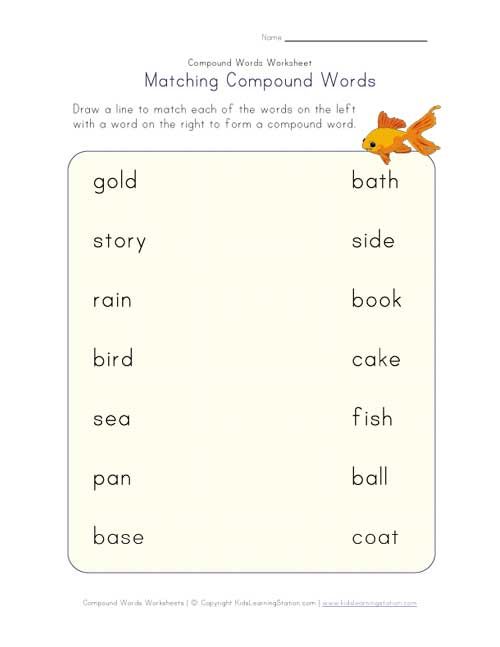 You could also put the ball away and jump to the words instead.
You could also put the ball away and jump to the words instead. - You can make nonsense words. This is not too much of a problem, as playing around with sounds and words is often a beneficial activity. You can also draw attention to the fact that some of the words you make mean something, and others don’t.
How to adapt
- Choose any two words to bounce to, and see what words you can make up
- As mentioned above, you don’t have to use a ball. You could jump or run between the words.
- Take it outside. This is a great one for taking outside. You could write the words in chalk and throw the ball at them, or you could replace the ball for water bombs or wet paper towels!
Here’s how it looked when I did it in ‘real life’!
Compound Word ListsDownload
List of Words Containing 'ball'
There are 235 words which contain 'ball'
4 letter words containing 'ball':
5 letter words containing 'ball':
balls
bally
6 letter words containing 'ball':
ballad
balled
baller
ballet
ballon
ballot
ballsy
7 letter words containing 'ball':
ballade
ballads
ballast
ballers
ballets
ballies
balling
ballons
balloon
ballots
ballute
eyeball
lowball
oddball
pinball
8 letter words containing 'ball':
ballades
balladic
balladry
ballasts
balletic
ballgame
ballhawk
ballista
ballonet
ballonne
balloons
balloted
balloter
ballpark
ballroom
ballsier
ballutes
ballyhoo
ballyrag
baseball
beanball
blowball
blueball
caballed
cornball
eyeballs
fastball
fireball
football
forkball
globally
goofball
hairball
handball
hardball
heelball
highball
kickball
lowballs
meatball
mothball
oddballs
pinballs
puffball
pushball
snowball
softball
sourball
spitball
trapball
tribally
verbally
9 letter words containing 'ball':
balladeer
balladist
ballasted
ballerina
ballgames
ballhawks
ballistae
ballistic
ballonets
ballonnes
ballooned
balloters
balloting
ballparks
ballpoint
ballrooms
ballsiest
ballyhoos
ballyrags
baseballs
beanballs
blackball
blowballs
blueballs
broomball
buckyball
caballero
caballing
cornballs
curveball
dodgeball
eightball
eyeballed
fastballs
fireballs
footballs
forkballs
gimballed
goofballs
hairballs
handballs
hardballs
heelballs
highballs
kickballs
lowballed
meatballs
mothballs
puffballs
punchball
pushballs
screwball
slimeball
snowballs
softballs
sourballs
speedball
spitballs
stickball
stoopball
trackball
trapballs
10 letter words containing 'ball':
balladeers
balladists
balladries
ballasting
ballerinas
ballistics
ballooning
balloonist
ballplayer
ballpoints
ballyhooed
basketball
blackballs
broomballs
buckyballs
butterball
buttonball
caballeros
cannonball
curveballs
dodgeballs
eightballs
eyeballing
fastballer
fireballer
footballer
gimballing
greaseball
highballed
lowballing
mothballed
paddleball
punchballs
screwballs
sleazeball
slimeballs
snowballed
softballer
speedballs
stickballs
stoopballs
tetherball
trackballs
volleyball
11 letter words containing 'ball':
ballcarrier
balletomane
balloonings
balloonists
ballplayers
ballyhooing
ballyragged
basketballs
blackballed
broomballer
butterballs
buttonballs
cannonballs
curveballed
fastballers
fireballers
fireballing
footballers
greaseballs
highballing
knuckleball
mothballing
nonverbally
paddleballs
racquetball
sleazeballs
snowballing
softballers
speedballed
tetherballs
unballasted
volleyballs
12 letter words containing 'ball':
ballcarriers
balletomanes
balletomania
ballhandling
ballyragging
blackballing
broomballers
cannonballed
curveballing
knuckleballs
racquetballs
speedballing
13 letter words containing 'ball':
balletomanias
ballhandlings
ballistically
cannonballing
knuckleballer
suballocation
14 letter words containing 'ball':
knuckleballers
suballocations
| Info | Details |
|---|---|
| Points in Scrabble for ball | 6 |
| Points in Words with Friends for ball | 9 |
| Number of Letters in ball | 4 |
| More info About ball | ball |
| List of Words Starting with ball | Words Starting With ball |
| List of Words Ending with ball | Words Ending With ball |
| 5 Letter Words Starting with ball | 5 Letter Words Starting with ball |
| 6 Letter Words Starting with ball | 6 Letter Words Starting with ball |
| 7 Letter Words Starting with ball | 7 Letter Words Starting with ball |
| 5 Letter Words Ending with ball | 5 Letter Words Ending with ball |
| 6 Letter Words Ending with ball | 6 Letter Words Ending with ball |
| 7 Letter Words Ending with ball | 7 Letter Words Ending with ball |
| List of Words Containing ball | Words Containing ball |
| List of Anagrams of ball | Anagrams of ball |
| List of Words Formed by Letters of ball | Words Created From ball |
| ball Definition at Wiktionary | Click Here |
| ball Definition at Merriam-Webster | Click Here |
| ball Definition at Dictionary | Click Here |
| ball Synonyms At Thesaurus | Click Here |
| ball Info At Wikipedia | Click Here |
| ball Search Results on Google | Click Here |
| ball Search Results on Bing | Click Here |
| Tweets About ball on Twitter | Click Here |
20 ball games that will captivate children
You can listen to the short version of the article.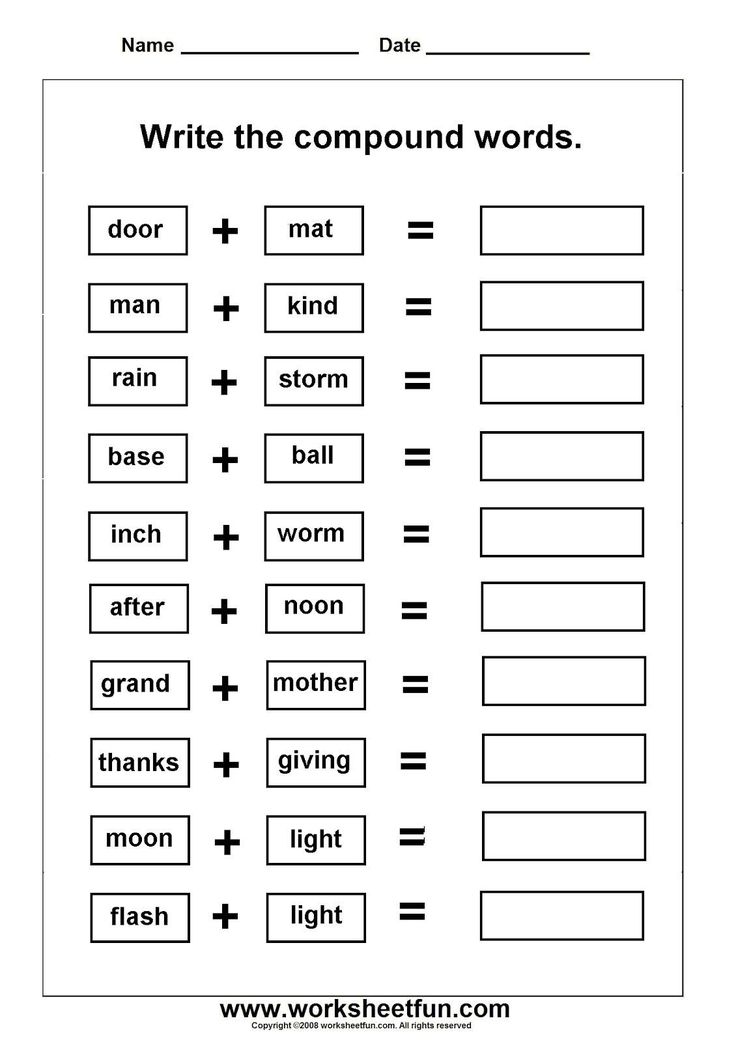 If it's more convenient for you, turn on the podcast.
If it's more convenient for you, turn on the podcast.
Today's children spend a lot of time on gadgets and often sit on the street staring at smartphones.
Many outdoor games are becoming a thing of the past, and this is not only a fun pastime, but also a great way to develop dexterity, speed and accuracy, not to mention social skills.
Below we list 20 ball games you can teach your child. Some of them are suitable for the home, others will be a great way to have fun while walking on the playground or on a trip to nature.
Indoor games
Although these games do not require a lot of free space, the ball can still accidentally hit something fragile. So get away from your new TV and your favorite vase so your fun doesn't end in tears.
1. Edible-inedible
One player throws a ball to another and says a word that can mean something edible or not. In the first case, the ball must be caught, in the second - to hit. If the player makes a mistake, he becomes the leader.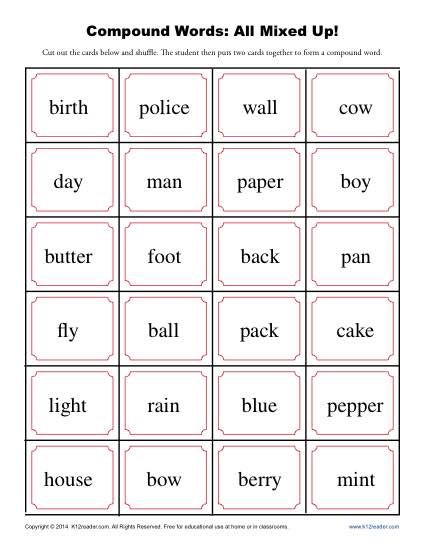
This game is suitable for both toddlers 3-4 years old and older children. In the first case, you can use simple and familiar dishes like porridge, soup or bread, in the second, you can try more complex names, such as profiteroles, ribeye or artichokes.
Trick questions will do. For example, peacock-eye or silkworm larvae are quite edible, at least in the cuisines of Asia and Africa.
2. Home bowling
Another game for kids of all ages. For it, you can use both a medium-sized rubber, and a tennis or even a massage ball, if you have one.
An obstacle is built on the floor, such as a tower of blocks or several empty plastic bottles. Players then take turns trying to knock things down from a given distance.
3. Seated dodgeball
The players sit on the floor in a fairly wide circle, with the leader going down in the middle. Children throw the ball, trying to hit the person in the center, and he dodges by any means. The one who manages to hurt him goes to the middle and becomes the leader.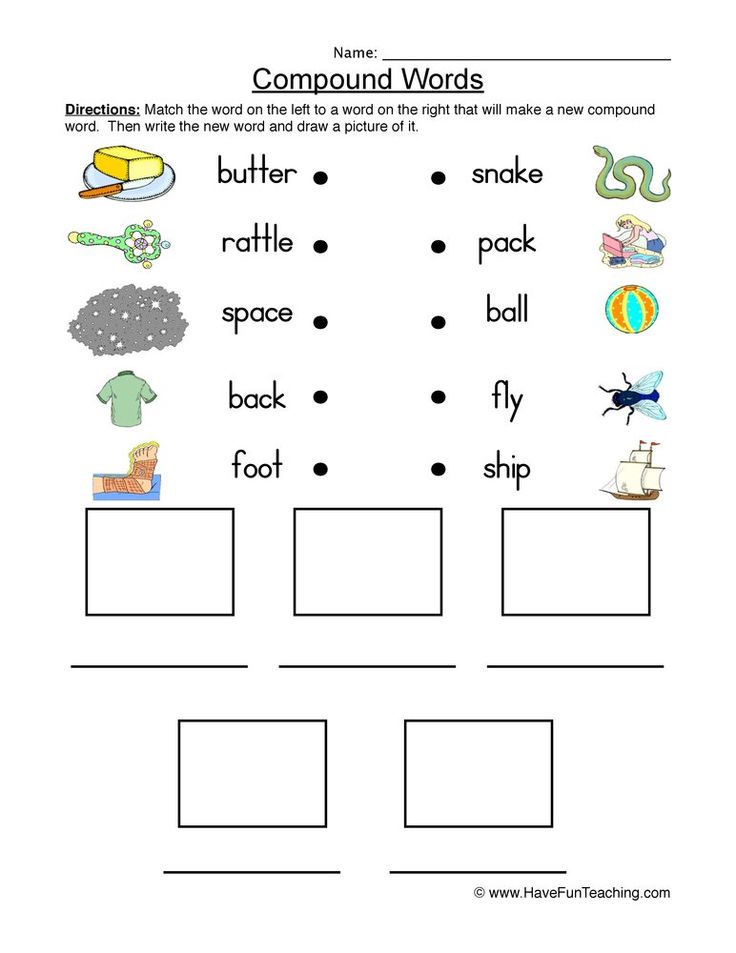
If dodging is difficult, you can set a rule - do not throw the ball, but roll it on the floor, like in a bowling alley.
4. Who was who
One player throws the ball to another while naming an object or living being. The second person must catch the ball and answer the question without a hitch.
For example, a chicken was a chicken or an egg, a cow was a calf, glass was sand. If the player does not know the answer, then he becomes the leader and asks the question himself.
5. Rhymes
One player throws the ball to another and at the same time says any word of his choice. The second must catch the ball, name the rhyme as quickly as possible and throw it to the next.
If a lot of people participate in the game, you can exclude those who did not come up with a rhyme, if not enough - write down penalty points for a hitch and keep score.
6. I know five…
The player says: “I know five female names” and begins to hit the ball with his palm on the floor, accompanying each hit with a new name.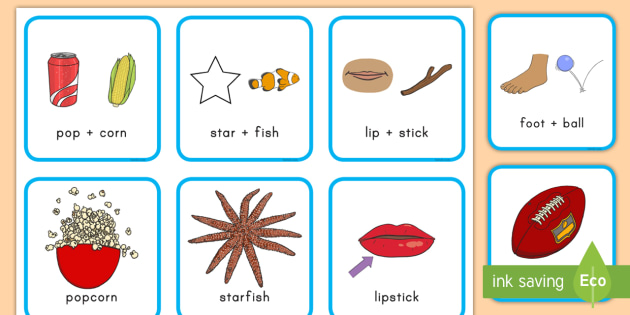 When everyone is named, the ball goes to another child and he does the same without repeating.
When everyone is named, the ball goes to another child and he does the same without repeating.
If all the children completed the task, the following is given - for example, five male names, trees, birds, domestic or wild animals, brands of cars, fairy-tale characters, and so on.
If a player cannot name five of anything or loses the ball, he is out of the game. As an option - receives a penalty point.
7. Earth, air, fire, water
The players sit in a row, the driver stands in front of them. He throws the ball to the first in line and says one of the four words. When you hear "earth", you need to name an animal, "water" - a fish, "air" - a bird, and at the word "fire" wave your hands over your head.
If the player who received the ball did not catch it, did not give an answer or mixed up the commands, he becomes the driver.
8. Sabzhe (honey)
Players line up. The driver asks the first question: “What is your name?” and begins to offer answers by throwing the ball to the first player.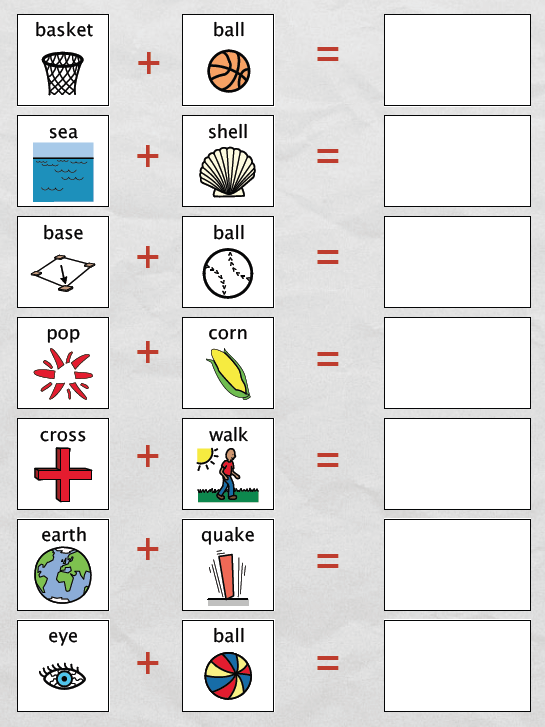 If he doesn't like the name, he hits the ball, if he likes it, he catches it. Now that's his name.
If he doesn't like the name, he hits the ball, if he likes it, he catches it. Now that's his name.
If the player fails to hit the ball or catches it by accident, he is given the name that was called at the time of the throw. Also, the driver sometimes has to say “Sabzhe” or “Honey”, and if the child manages to catch the ball, he can be called by any name of his choice.
In this way, all people from the line pass, after which the following question is asked: “What is your last name?”.
The list of questions is something like this:
- Where do you live?
- What do you do?
- Name and surname of the future husband/wife?
- What kind of pet do you have?
- How many children do you have and what are their names?
You can fantasize endlessly. The funnier the options, the better.
9. Catch - don't catch
There are several variations of this game - with simple commands and with various tasks.
Players stand in a circle and throw the ball to each other, giving commands.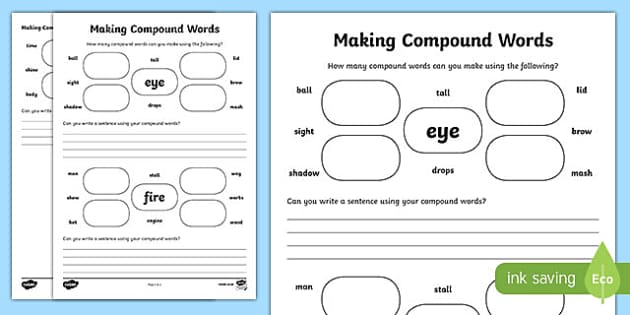 If the throw sounds "catch", you need to catch the ball, if "do not catch" - hit it. Anyone who does not follow the command is out of the game or receives a penalty point if there are few participants.
If the throw sounds "catch", you need to catch the ball, if "do not catch" - hit it. Anyone who does not follow the command is out of the game or receives a penalty point if there are few participants.
You can make the game more difficult by adding some task. For example, if the name of the animal was heard during the throw, the ball is caught, if something else, it is beaten off. You can take absolutely any category: countries, pieces of furniture, insects, male or female names, and so on.
Outdoor games
1. Whoever is called catches
The game is good for getting to know each other and helps to learn the names of all the people in the company.
Children move freely around the court, and the leader throws the ball higher and calls the name. Having heard his own, the child must catch the ball.
2. Catch the ball (dog)
This game requires a minimum of three players. Two people are located at a distance from each other, and the third - the driver - stands in the middle between them.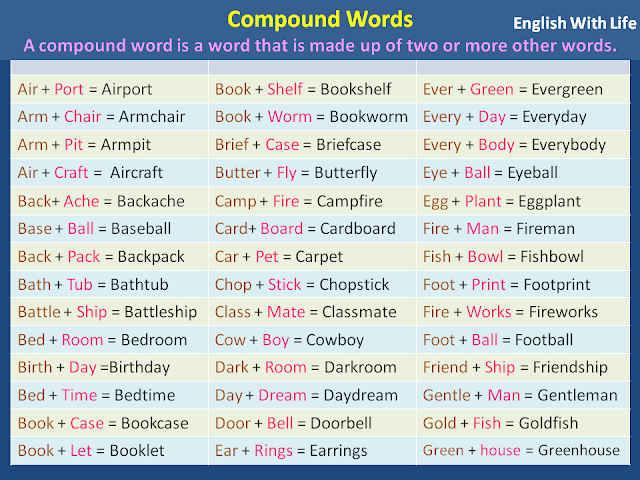
Participants throw the ball to each other, and the driver tries to catch it or at least touch it. If he succeeds, he switches places with the last thrower.
If more than three people are involved in the game, you can stand in a triangle or circle and throw the ball over the center, where the driver will be.
3. Shtander-stop
Participants stand in a circle, the driver is in the center. He tosses the ball or throws it away and says the name of one of the participants. The named one runs after the ball, the rest - in different directions.
There is also another selection method. The driver closes his eyes and extends his hand. The rest of the players walk in a circle, and when he shouts: "Stop!", Stop. Whom the hand shows, that and run after the ball.
When a child, whose name was called (or who was pointed to by the hand), catches the ball, he shouts: “Shtander!” or "Stop!". At this point, all players must stop and freeze.
A child with a ball estimates the distance to the driver and names the number of steps it takes to reach him.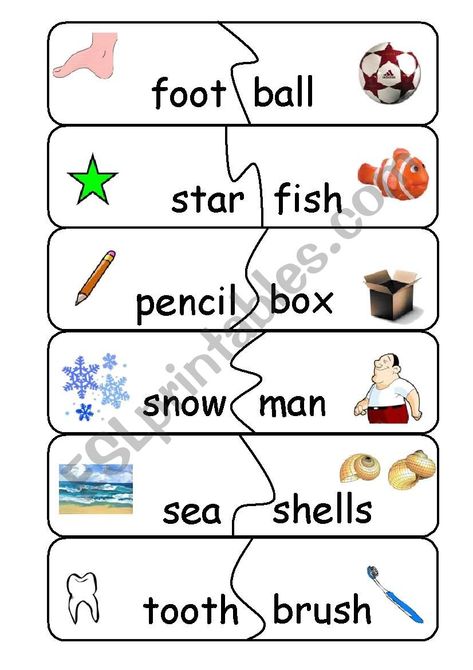 Steps can be:
Steps can be:
- giant - as wide as possible;
- "Lilliputian" - when the heel of one foot is placed close to the toe of the other;
- "umbrellas" - turns around;
- "camel" - a step to the distance of spitting;
- "frog" - jumping forward from a full squat.
These steps are usually mixed. For example, a child might say, "He's got three giant steps, two camel steps, and three frog steps." When he goes the distance in the chosen way, the driver folds his hands in the manner of a basketball hoop, which you need to hit with the ball.
If this succeeds, the child becomes the leader. Everyone returns to the circle and the game starts over. If he missed, the driver remains the same.
4. School of the ball
This game can be played with both a rubber children's ball and a tennis ball. The latter option is more difficult and suitable for older children.
Players come up with various tasks with increasing difficulty, for example:
- Throw the ball up and catch it.

- Throw the ball up, clap and catch.
- Throw the ball on the floor and catch it.
- Hit the ball on the floor, clap your hands and catch.
- Hit the ball against the wall and catch it with one hand.
- Hit the ball against the wall, turn around and catch it.
- Hit the ball on the floor and catch it with your eyes closed.
- Throw the ball at the wall, let it hit the ground and catch it.
- Throw the ball at the wall with your back to it, let the ball hit the ground and then catch it.
- Jump over a bouncing ball.
- Throw the ball from under the foot, from behind the head, while squatting.
You can also make the task more difficult by increasing the number of exact repetitions. For example, not just catch the ball after a turn, but do it five or ten times in a row.
5. Wall
Players line up against the wall. It is better to choose deaf, without windows. The first player in the column throws the ball higher so that it hits the wall and bounces off, after which it runs back and gets up last.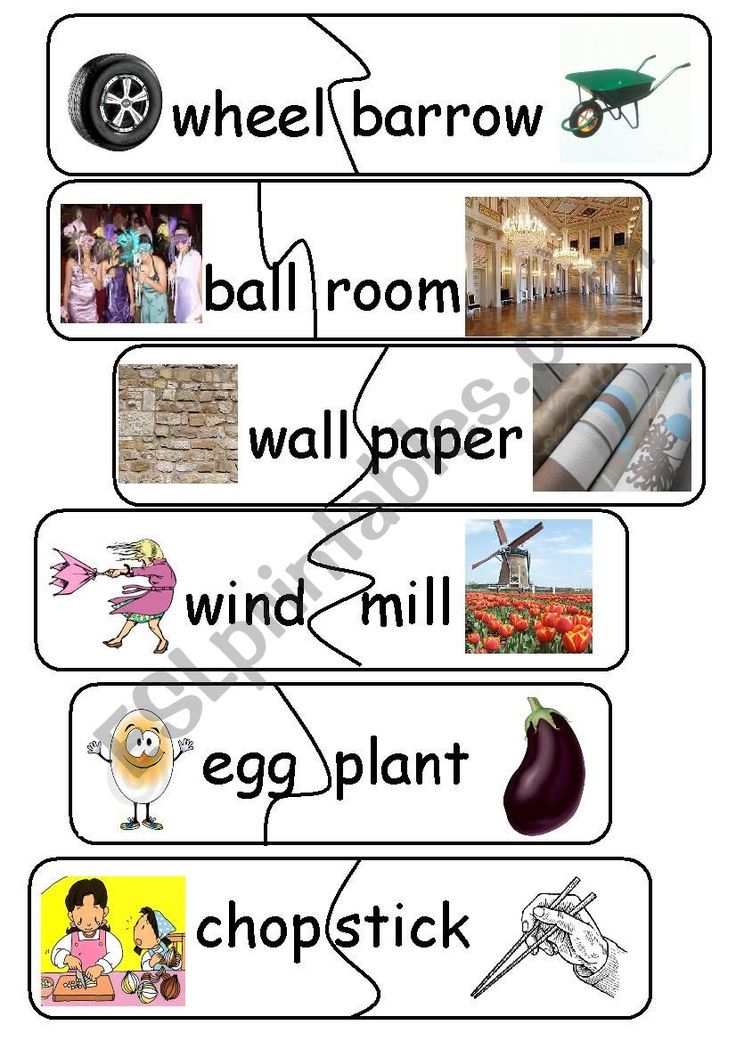
The next person must catch the ball and repeat the action. Those who do not have time are out of the game.
6. Eleven (potato)
Children stand in a circle and toss the ball to each other at random, counting out loud. The one who throws first says "One", the second one catches and says "Two", and so on. The player who is to say "eleven" must hit the ball.
If he does not do this (for example, he catches or misses altogether), he becomes a "potato" - he goes to the center of the circle and squats down.
The game starts again, and now the eleventh person must not only hit the ball, but try to hit the one sitting in the center. If successful, the “potato” returns to the circle with the others. If not, the thrower joins him in the center.
In this way, the game continues until the whole company gathers in the middle, and one person remains standing with the ball. Then you can start again or hit the ball on the ground 10 times, and on the 11th hit someone in the center.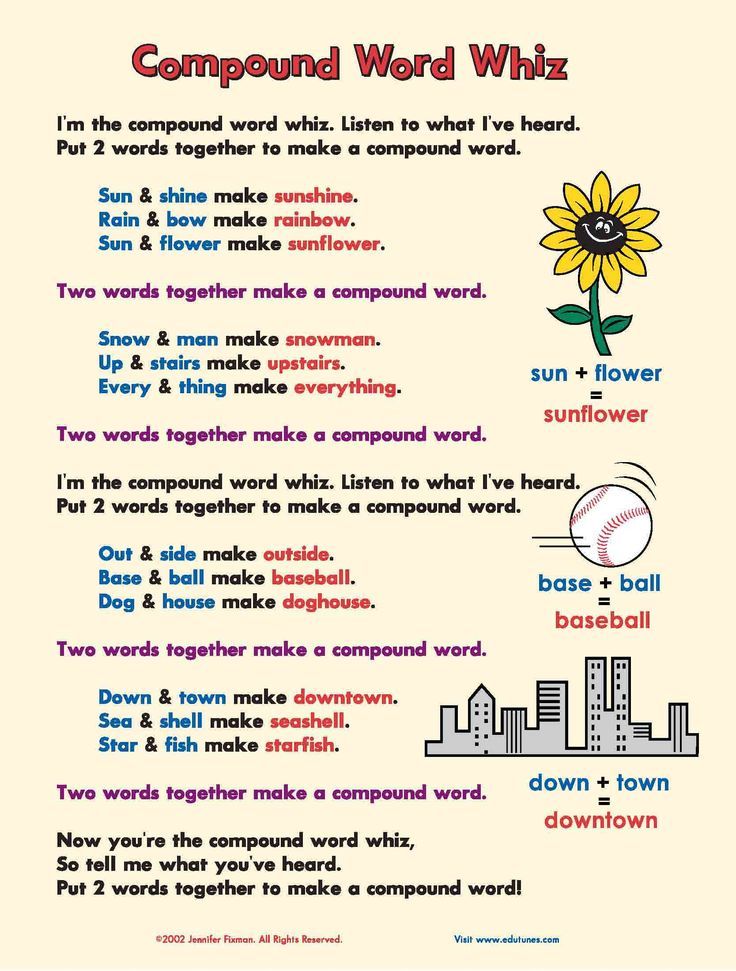
7. Frog
Children line up in a column against the wall. First, a line is determined on it, above which you need to throw the ball, for example, according to the level of a tile, some kind of mark or window sill.
The first player throws the ball at the wall, and after it hits the ground, jumps over it, legs apart. If everything worked out, the child goes to the end of the line, and if the jump fails or the ball hits the leg, he is eliminated from the game. Then the player standing behind him turns on and performs the same actions.
The tasks become more difficult with each round. For example, instead of a “frog” jump, they make a “suitcase” when the child jumps on one leg, stretching the other to the side.
You can also throw the ball higher and higher or do it with your back to the wall, as well as jump over at the moment of the second bounce from the ground.
8. Hunters and foxes
The “foxes” children stand in a circle, and the “hunter” enters the center.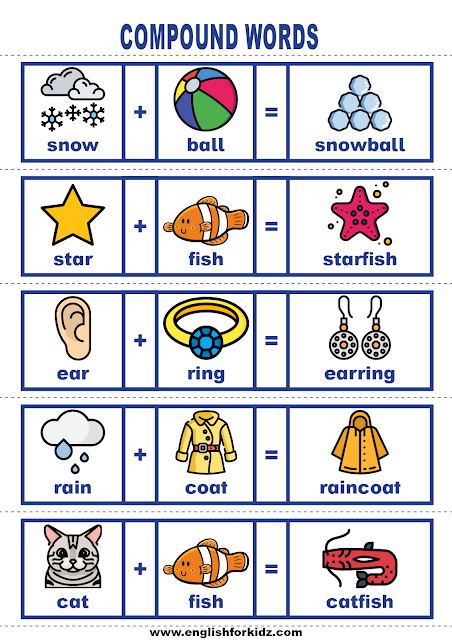 He throws the ball up three times and catches it, after which the players scatter. The driver at this time throws a projectile at them.
He throws the ball up three times and catches it, after which the players scatter. The driver at this time throws a projectile at them.
If the "hunter" touches the "fox", she becomes his assistant and they chase the others together. Thus, there are more and more "hunters".
But if the ball hits the ground after an unsuccessful throw, the “foxes” can intercept it and throw it to each other without giving it to the “hunter” and his assistants.
The game continues until only one "fox" remains.
9. Grooter
Two large circles are drawn on the ground at a distance of about 15–20 paces from each other. In the first, all the participants in the game are standing, with the exception of one - the driver, or "grocer", who walks in the field.
One of the players hits the ball hard on the ground and runs into an empty circle. Together with him, a few more guys can try to get over, but no more than three.
At this time, the "grocer" catches the ball and from the same place throws it at the players who left the base.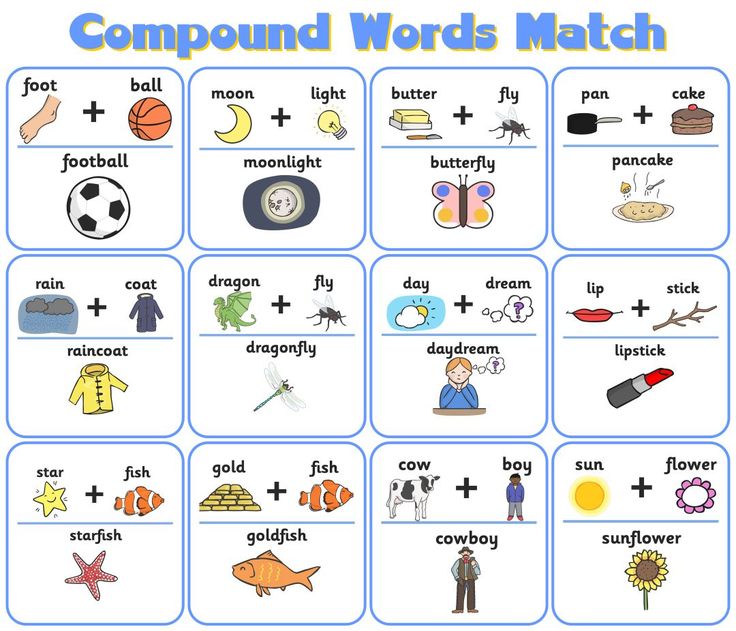 If he manages to knock down one of the runners, he becomes the new driver, and the last "grocer" gets up in the first circle to the children remaining there.
If he manages to knock down one of the runners, he becomes the new driver, and the last "grocer" gets up in the first circle to the children remaining there.
If the ball flies past, and the fugitives successfully reach the second circle, they remain there until the end of the game, and the driver catches the ball and returns it to the first group. The game starts again and continues until all the children have managed to get to the second round.
10. Deception
Children gather in a circle and put their hands behind their backs, and the leader stands in the center. He throws the ball to any player who must catch it.
The bottom line is that the ball can be thrown for real or just pretend. If the player gets his hands out from behind his back, but does not catch anything, he will change places with the player in the center.
11. Free ball
Players stand in a circle and place their feet shoulder-width apart so that the neighbors' feet touch.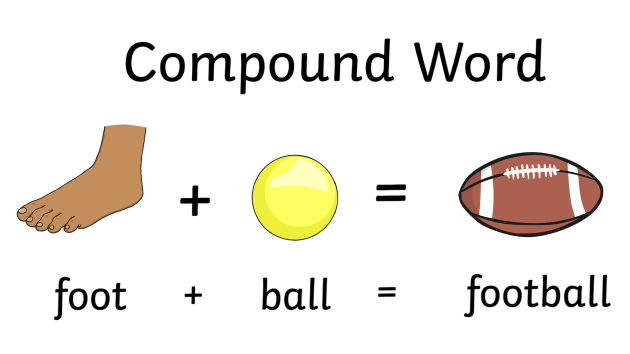 The driver stands in the center and throws the ball between the legs of the participants, trying to knock it out of the circle.
The driver stands in the center and throws the ball between the legs of the participants, trying to knock it out of the circle.
The task of the players is to prevent him using his arms or legs, but then return the feet to their original position again. If the ball still leaves the circle, the one who missed it becomes the driver.
Read also 🧐
- What to play outdoors: 12 ideas for any company
- 11 games that will make children love cleaning and washing dishes
- Winter fun: 17 active games and other outdoor activities
Russian lesson on the topic “Spelling of connecting vowels in compound words”. 4th grade
Keywords: Russian language, UMK "Perspective" connecting vowels in compound words
Target:
- to consolidate the skill of writing complex words with connecting vowels o, e;
- to develop the speech of children in the formation of complex words.

Tasks:
- Educational:
- know the spelling of connecting vowels in compound words,
- be able to write complex words correctly,
- be able to distinguish complex words from simple ones.
- Developmental:
- develop the ability to acquire knowledge independently; develop mental operations: analysis, synthesis, comparison, classification, as well as attention, memory, logical thinking;
- develop cognitive and creative abilities through a variety of activities, improve the ability to classify words with a spelling in the root, prefix, suffix.
- Educational:
- awakening of cognitive interest in the lessons of the Russian language.
Equipment: Computer, presentation, cards.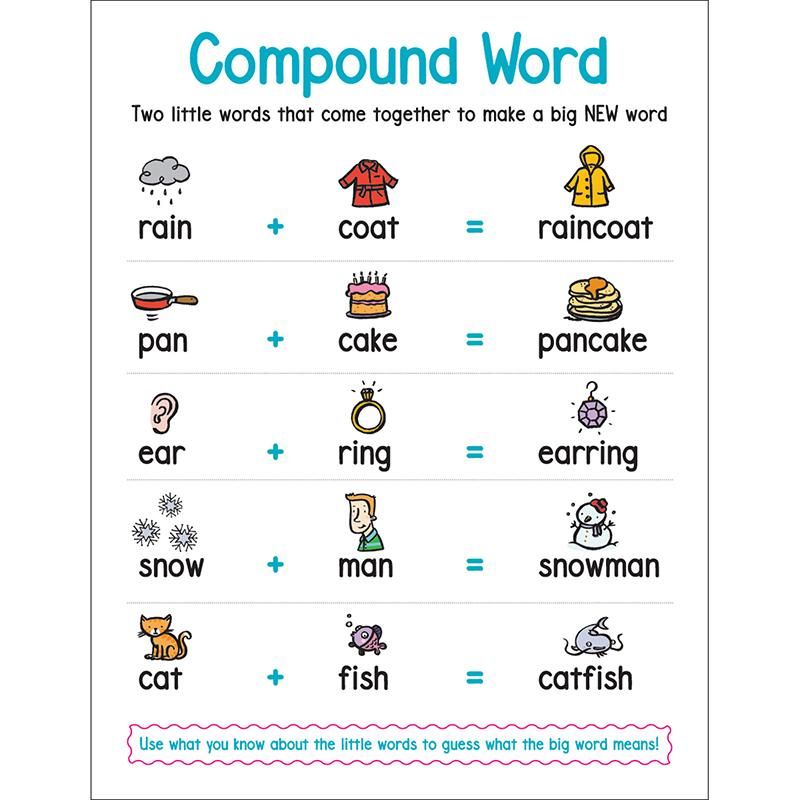
Molded UUD:
- p. - formulation of the problem; hypotheses and their justification;
- k. - recognition of the right of every person to his own opinion;
- r. - ability to reflect one's own activity;
- l. - positive motivation for collective cognitive activity.
Equipment: pair work cards, explanatory dictionary.
Lesson progress
1. Org. moment. (Slide 1)
Presentation
- The lesson is interesting and brings joy when we think and work together. Today we will work with words, analyze, compare, reason, look for solutions.
2. Updating knowledge
- Opened notebooks, put them a little on the corner. We wrote down the number and cool work.
3.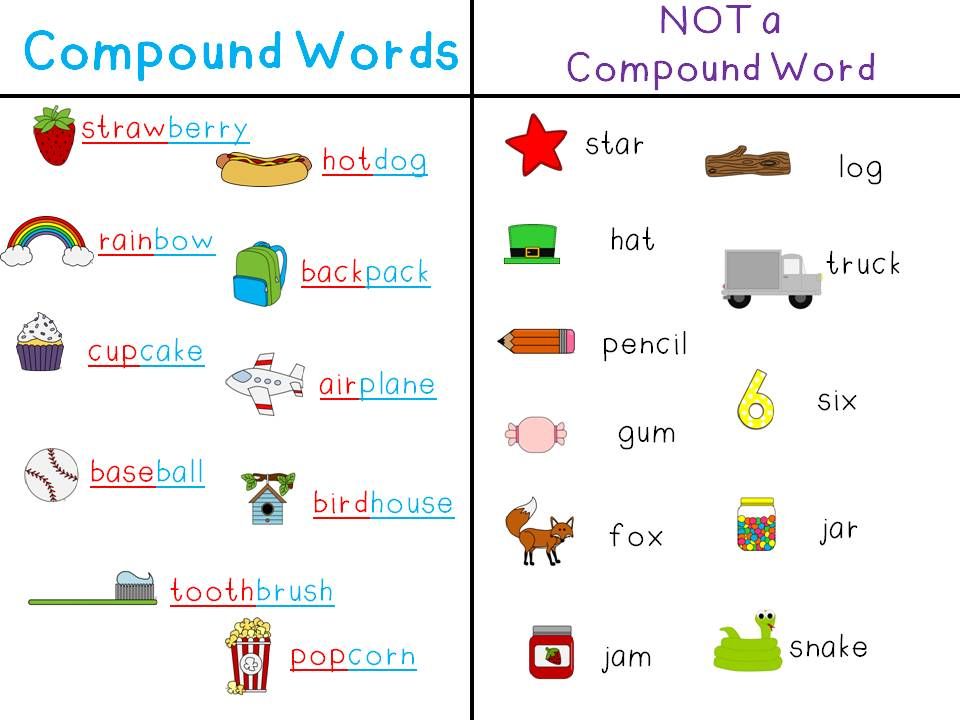 A minute of calligraphy. Oo / / Her / /
A minute of calligraphy. Oo / / Her / /
- Dictionary work: (Slide 2) We write down the “wheel” from a new line, highlight the spelling.
What words are hidden in the word?
How do you understand the expression "to spin like a squirrel in a wheel"? (fuss, fuss)
- Remember the algorithm for parsing words by composition. (Slide 3) (End, base, root, prefix, suffix.
- (Slide 4) . Look at the blackboard. Before you words, distribute these words in two columns.
- hiking, fairy tale, transition, fairy tale, passage, fabulous
| hiking | fairy tale |
| pass | fairy |
| transition | fairy tale |
- In what way were the words of the 1st column formed - (prefixed)
- How words 2 columns - (suffix)
- For each column, select a single-root word that was formed in a prefix-suffix way.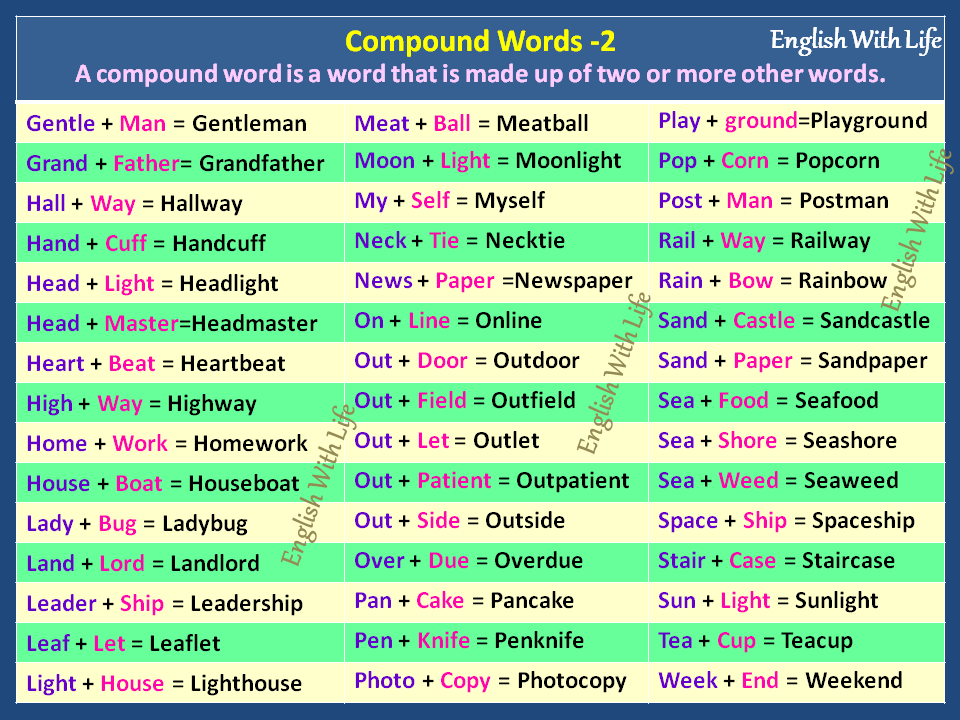
Gait, saying.
What is the name of the way this word is formed? (Prefixed-suffixal). (Slide 5)
Task 2. (Ind. - work on cards - 2 people + 1 person. Explanatory dictionary.
4. Estimates. Self-determination to activity. Problem statement
- Disassemble the words by composition: Samovar, pedestrian.
- Try to make a model of the word.
What are the parts of a word? (From two roots)
What is the name of the vowel that is in the middle of a word? (connecting vowel)
- (Slide 6) Can I find words for this model?
What are words with two roots called? (Complicated). Why do you think they are called that?
- Look up the meaning of the word complex in the dictionary.
How many meanings does this word have? (This is a polysemantic word. It has two meanings.)
It has two meanings.)
- Name the first value. (Complex - consisting of several parts)
- What is the second meaning? (Difficult, confusing)
What is the meaning of words with two roots? (First value)
Written words : steamboat, wisdom, bluish, samovar, rain gauge, small, birder.
- Name words that have two roots. Write down difficult words. Sort the words by composition. Watch what letters connect these roots? (o, f) Who remembers what they are called? (Connect with vowels).
What are we going to learn in class today? (Writing difficult words).
- Formulate the objectives of the lesson:
- know which words are called compound words,
- practice the formation of compound words and their spelling
- correctly write the connecting vowel in words
- Therefore, is the topic of of our lesson ...
(Slide 7) Pupils: "Spelling of connecting vowels o, e in compound words.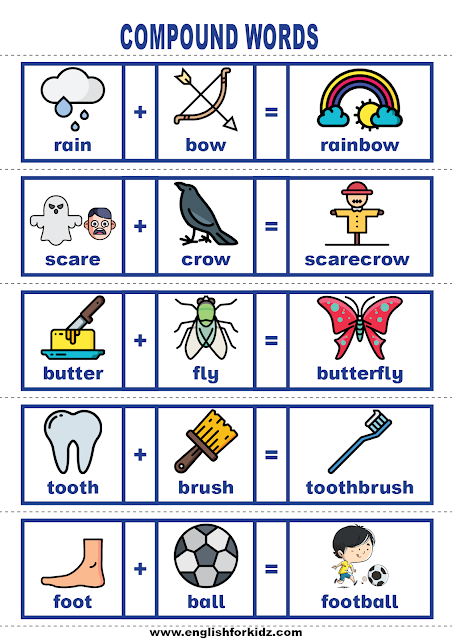 "
"
5. Derivation of rule
- Great! Now it doesn’t cost you anything to formulate (deduce) a rule on the topic of our lesson.
- Let's go back to the words samovar and pedestrian.
- What words are called compound, and what connecting vowels are written in compound words?
- Formulate a rule which words are called compound and which connecting vowels are written in compound words. (Words that have two roots in their composition are called complex. Two roots in compound words are connected by a vowel o or e.)
6. PHYSICAL MINUTE
7. Working with the textbook
We work with the textbook. Open your textbook on p. 109, ex. 193.
- What should you remember about difficult words while doing the exercise? (Comp. Ch. only O or E).
- What task is there in the exercise? (Make 3 sentences with these phrases.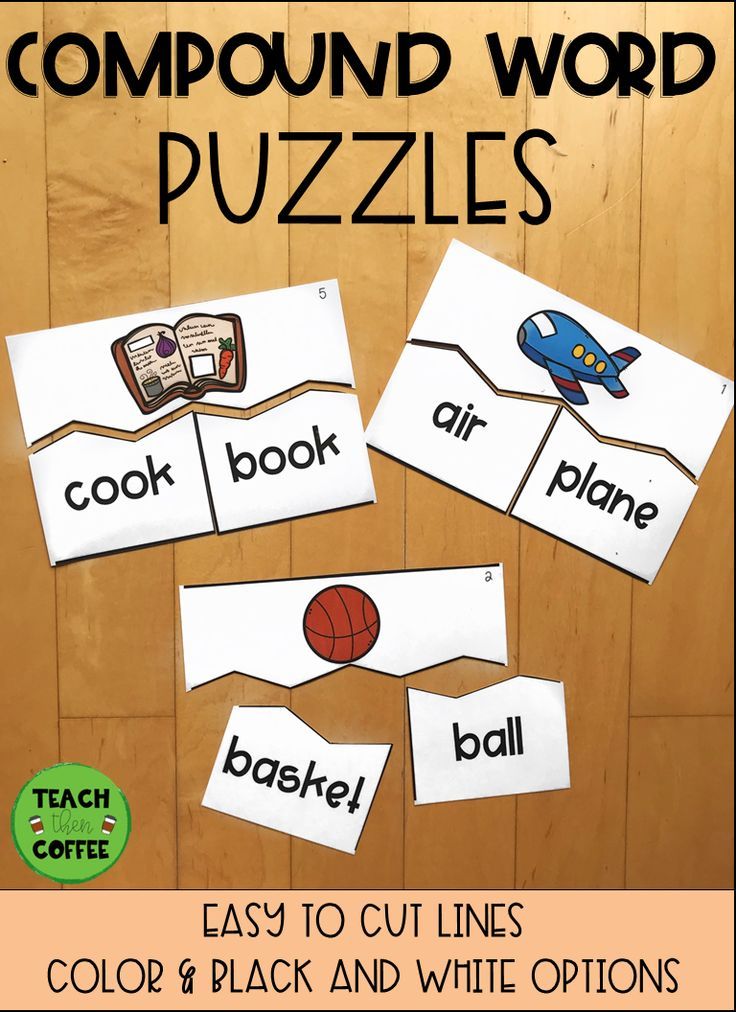 )
)
- Let's check the textbook. Read the rule on p. 109. What conclusion did you draw?
- (Slide 8) Look at the words in the left and right columns and formulate a rule for writing connecting vowels o and e in compound words. When (after what sounds) in compound words is the connecting vowel about written, and when - e ?
CONCLUSION: In compound words, the connecting vowel O is written after hard consonants; in compound words, the connecting vowel E is written after soft consonants, hissing and [c].
Can a connecting vowel be called an orthogram? Why? ( In compound words, the connecting vowel is written in an unstressed syllable.)
- Guys, what do you think, what is the name of the method of forming compound words? (Building the foundations)
(Slide 9) Word formation methods.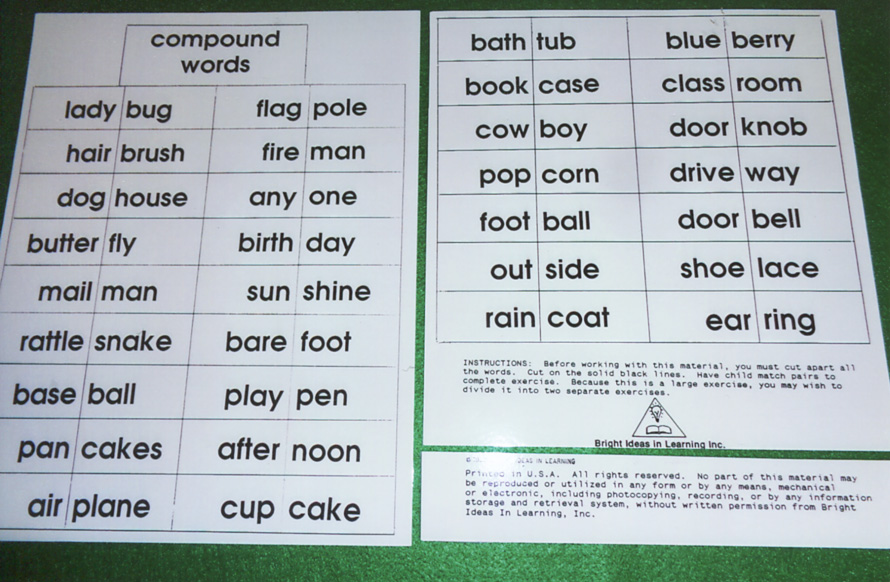
8. Creative work. Work on cards (task in pairs)
(Slide 12) Let's visit the mountains. In the mountains, nature changes in winter. You will learn about this from the task on the cards. We work in pairs.
| Task . Form compound words from reference words. Insert appropriate words into the sentence. Parse these words according to their composition. Arrange the sentences in the correct order. In the mountains □ It was very beautiful in the forest on the slopes of the mountains. |
- Let's check the execution of the task. ( Slide 13)
9. Lesson summary
Let's sum up the lesson.
What was the purpose of our lesson?
- Have we achieved it?
Let's continue with the suggestions.
- Words that have ____________ are called compound words.
- The vowels ___ or ___ that connect roots in compound words are called ____________ vowels.
- The method of forming compound words is called _______.
- You worked well today, now tell me, were such letters randomly given in calligraphy? (No, these are connecting vowels)
10. Reflection
Teacher: (Slide 15). Now evaluate yourself, what was the lesson for you?
11. Homework. (Slide 16)
Homework. (Slide 16)
Rule s. 109
To choose from: 1. according to the textbook p. 109 ex. 194.
2. Write down riddles whose answers are compound words.
12. Optional: Interactive crossword puzzle. (Slide 17) (Helicopter, rock climber, tracker, fly agaric, chimney)
13. Conclusion
Teacher: (Slide 18) Well done! I thank you for your work in class. Have you guessed why I used this word today? To give thanks - to give goodness, kindness. Let's do good and give good to each other!
If there is time...
14. Game. "Form a compound word" (With a ball)
Teacher: Are you tired? Let's Play. I name two simple words, you make one complex one.
- Wood, cut - lumberjack
- storm, breaking - windbreak
- himself, fly - plane
- steam, walk - steamer
- himself, cooks - samovar
- steam, to carry - steam locomotive
- book, love - book lover
- second, measure - stopwatch
- Burn, umbrella - horizon.
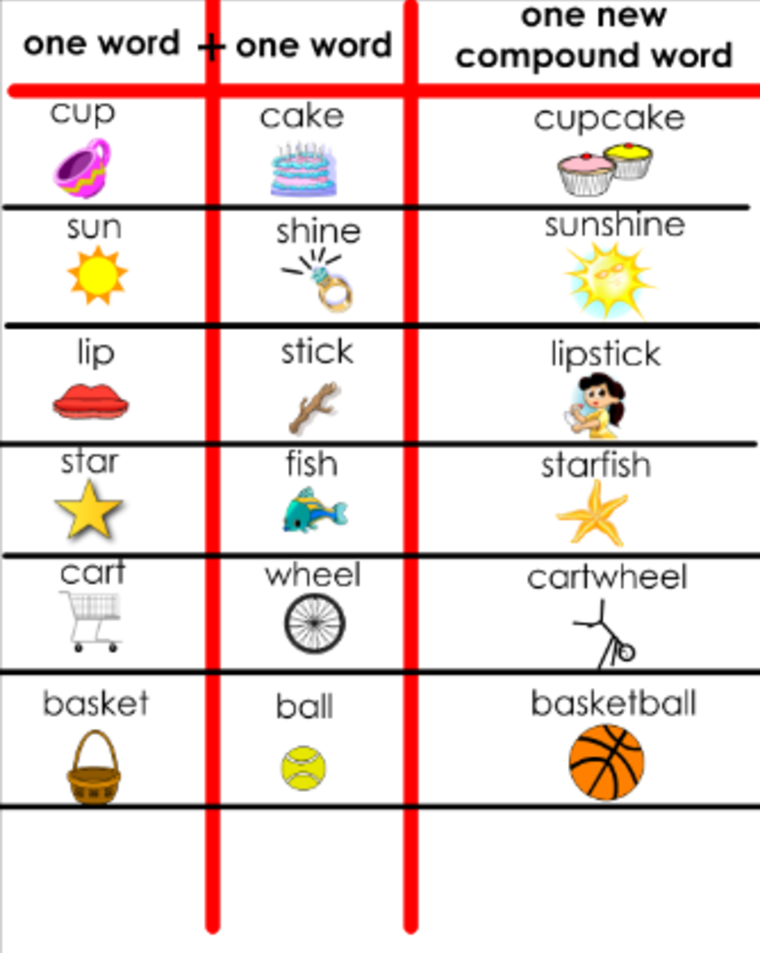
Learn more

